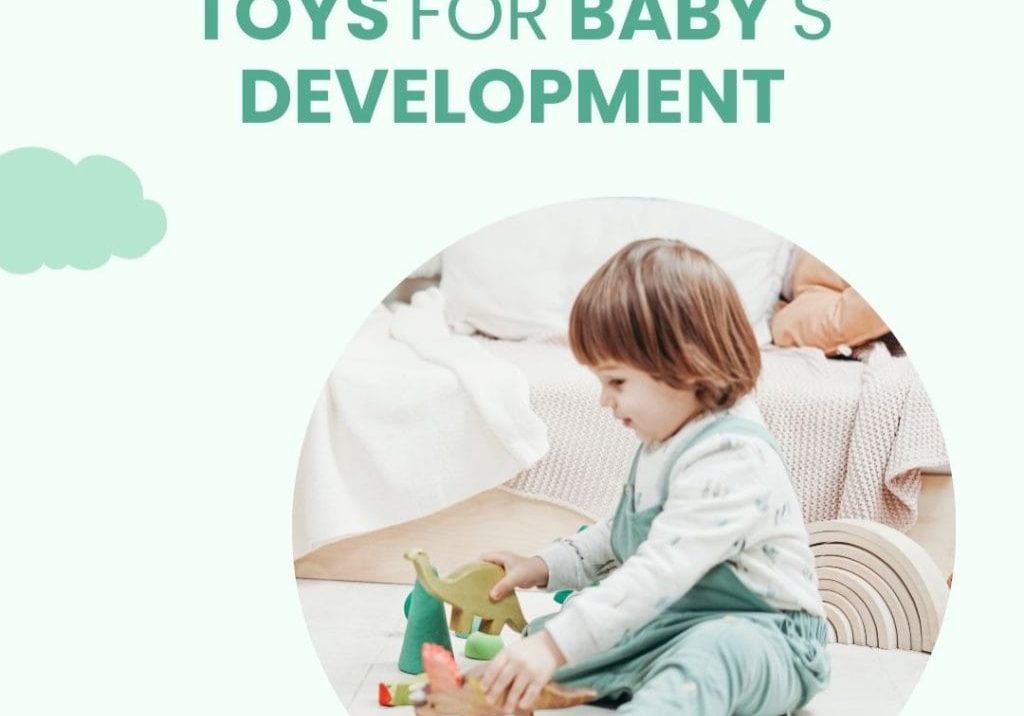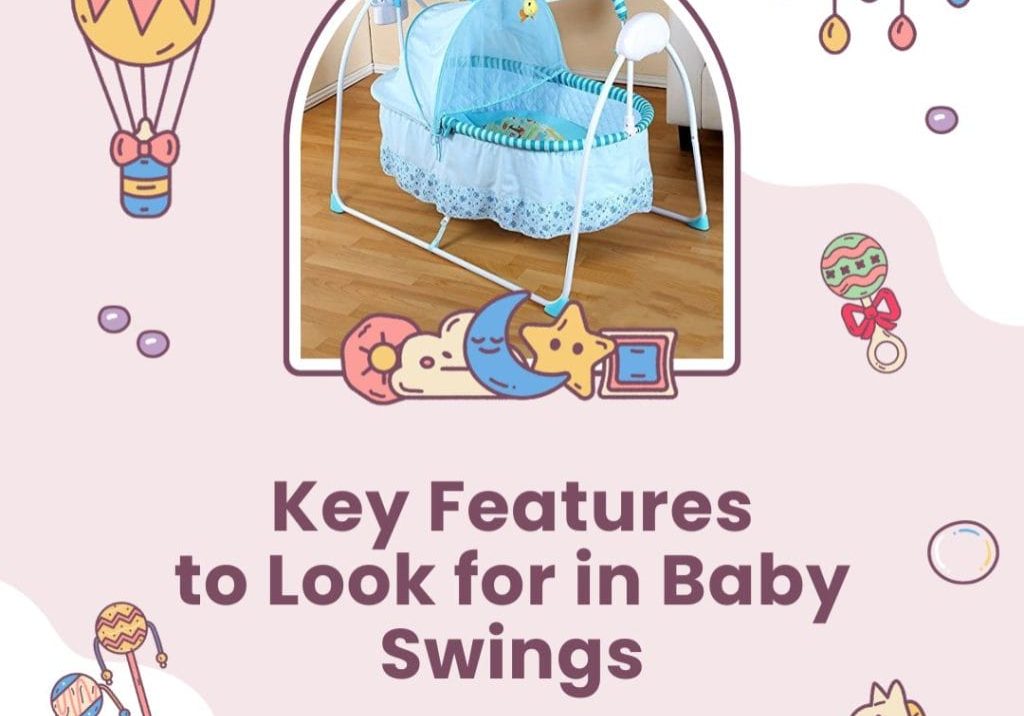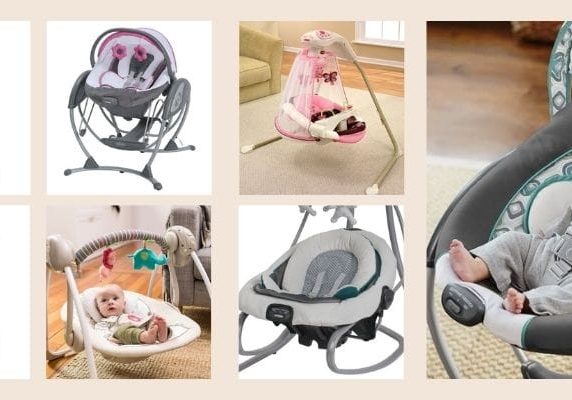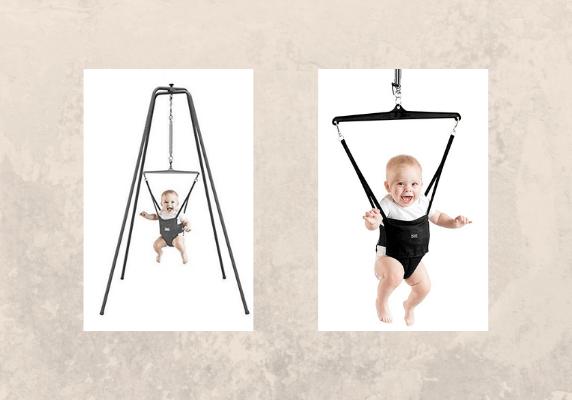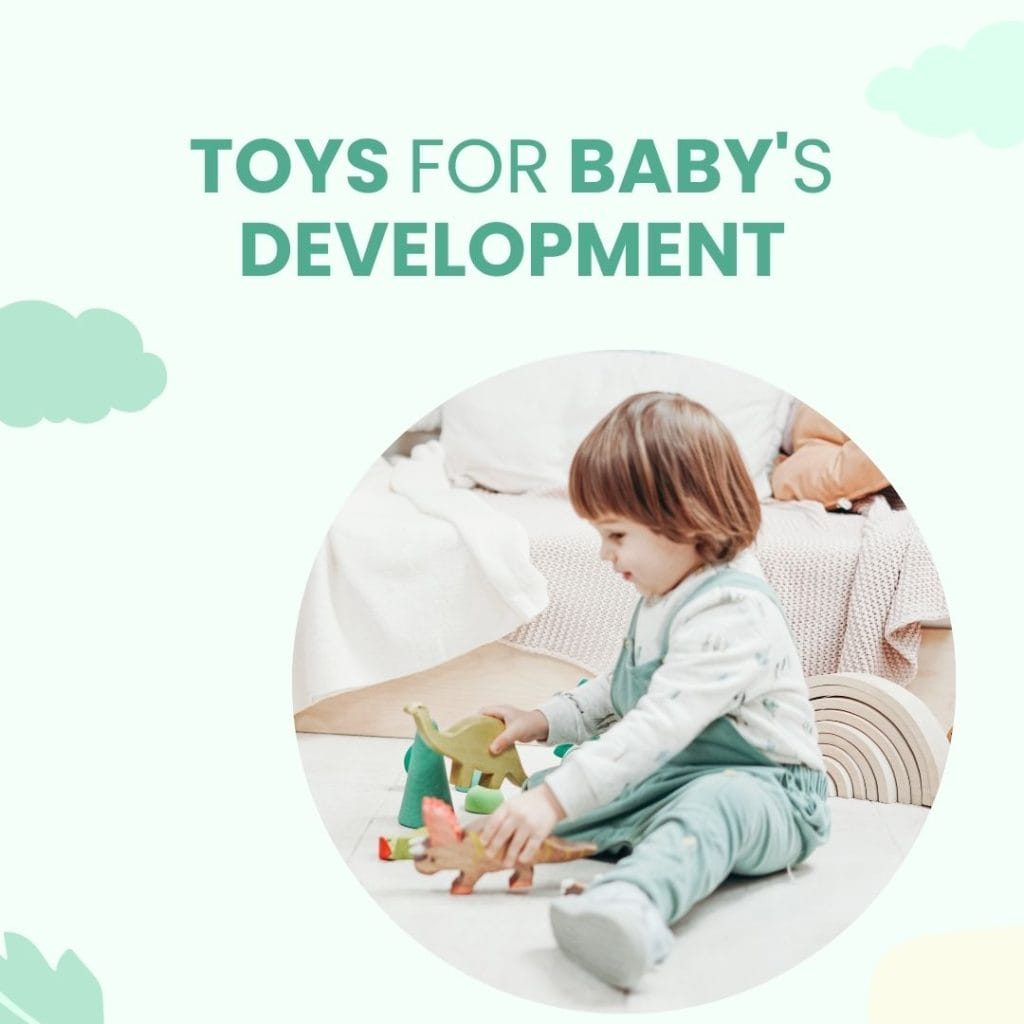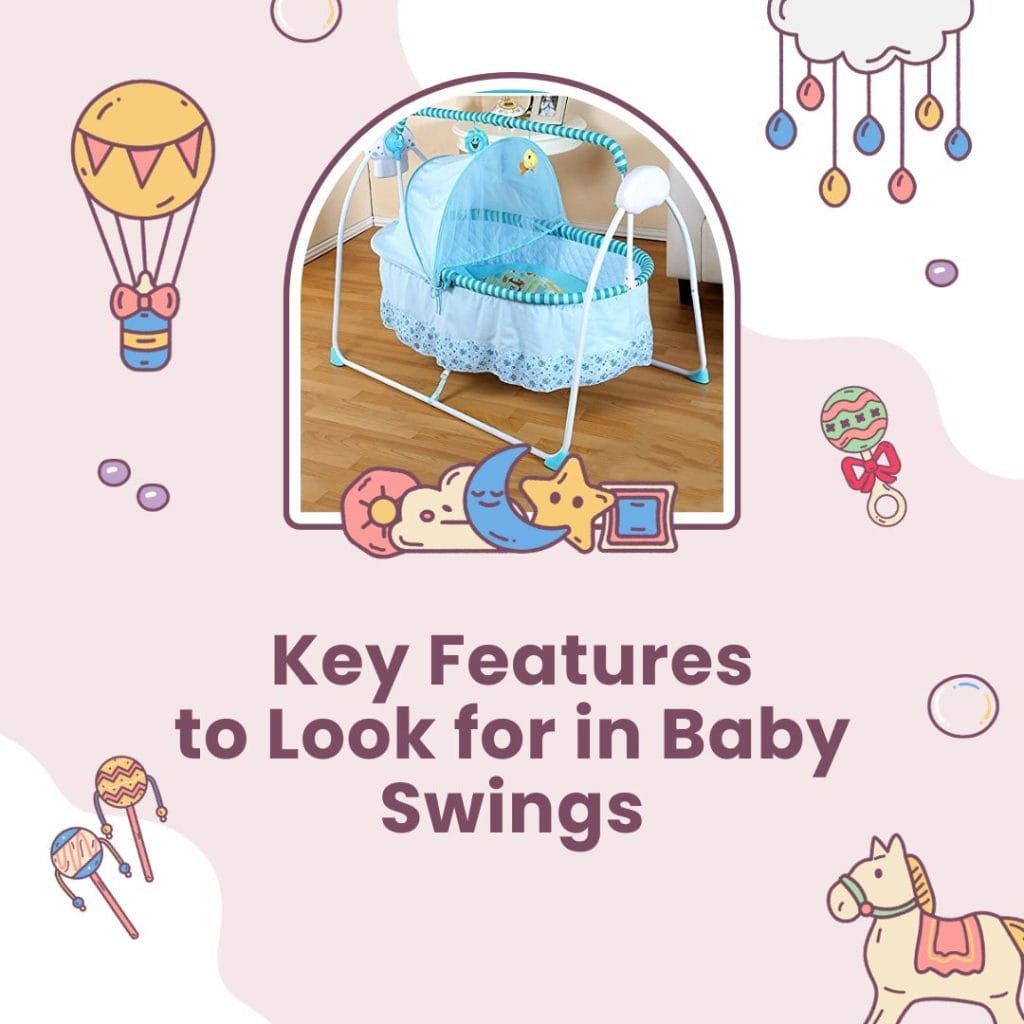The early years of a child’s life are critically important for their growth and development. During this time, children explore the world around them, develop vital skills, and form their first understanding of concepts through play. Therefore, the toys and equipment we introduce to them play a pivotal role in shaping their learning journey.
From the moment a child is born, their curious minds are ready to absorb information, and play becomes a primary vehicle for their cognitive, emotional, social, and physical development. The right toys can stimulate a child’s imagination, encourage problem-solving skills, promote physical coordination, and foster social interaction. However, with the vast market of toys and play equipment available, selecting the most beneficial, safe, and appropriate items can be a daunting task.
Let’s embark on this journey together, exploring how play and learning go hand in hand in nurturing a child’s growth and imagination.
Factors to Consider When Choosing Toys and Play Equipment
Selecting the right toys and play equipment for children is not just about keeping them entertained; it’s about stimulating their development and ensuring their safety. As parents, educators, or caregivers, understanding the factors that go into making these decisions is crucial. Here, we delve into the four key aspects to consider: age-appropriateness and developmental milestones, safety considerations and certifications, materials and durability, and the educational and entertainment value of toys and play equipment.
Understanding Developmental Stages:
Each child is unique, but developmental milestones give a general guideline of what children might be interested in and capable of at different ages. Toys should be chosen based on the skills and abilities typical for a child’s age group. For instance, infants might benefit from sensory toys that stimulate sight and touch, while toddlers may need toys that encourage motor skills and problem-solving.
Matching Toys with Age:
Manufacturers often provide age range recommendations on toys. These are not just about the level of interest but also safety and developmental appropriateness. It’s important to respect these guidelines and consider your child’s individual development and interests when choosing toys.
Safety First:
The safety of toys is paramount. This includes ensuring that there are no small parts that could be choking hazards for young children, sharp edges, or toxic materials. Regularly check for recalls and safety alerts for children’s toys and equipment.
Certifications to Look For:
Look for toys that have passed safety standards and carry certifications from recognized bodies. In the U.S., for instance, a toy that meets the American Society for Testing and Materials (ASTM) standards will carry the ASTM label. Other certifications might include the CE mark in Europe or ISO standards internationally.
Quality Materials:
The materials of toys and play equipment should be non-toxic and durable. Whether it’s plastic, wood, or fabric, ensure that the materials used are safe for children and can withstand rough play. Avoid toys that break easily or could become hazardous with wear and tear.
Durability and Longevity:
Consider how long the toy will last. Durable toys not only provide better value for money, they also ensure that children can enjoy their favorite playthings for a longer time. Durability also speaks to the sustainability of toys, a consideration for environmentally conscious consumers.
Balancing Education and Fun:
The best toys are those that children love playing with and that also stimulate their development. Look for toys that encourage creativity, problem-solving, and learning. This might include puzzles for cognitive development, crafts for fine motor skills, or interactive books for language acquisition.
Evolving with the Child:
As children grow, their needs and interests change. Choose toys that can grow with the child or be adapted for different stages of development. Toys that offer multiple ways to play or that can be used in different ways as the child grows are particularly valuable.
The Role of Board Games in Early Development
Board games are more than just a source of entertainment; they are a rich resource for promoting a child’s cognitive, emotional, and social development. This article explores how board games can be pivotal in the early developmental stages of children, enhancing cognitive skills as well as fostering emotional and social growth.
Problem-Solving and Decision Making:
Board games often require players to think critically and make strategic decisions. For children, this translates into an engaging way to develop problem-solving skills. They learn to consider various outcomes, plan ahead, and determine the best course of action to win or advance in the game.
Memory and Concentration:
Many board games require players to remember specific rules, the location of certain pieces, or what other players have done. This can significantly improve a child’s memory and concentration, as they focus on the game and try to recall various aspects to enhance their play.
Language and Mathematical Skills:
Word-based games expand vocabulary and language skills, while games involving numbers or logical sequences can enhance mathematical understanding. Through fun and interactive gameplay, children unknowingly practice math and language, making learning a natural part of their playtime.
Learning to Win and Lose Gracefully:
Board games often have a winner, which means they also have those who don’t win. Playing these games helps children learn about sportsmanship. They understand that winning and losing are parts of any game, and the importance lies in the fun and learning experience, not just the outcome.
Turn-taking and Patience:
Board games are typically played in a sequential order, requiring children to wait for their turn. This fosters patience and teaches them the importance of observing and learning from others’ moves. It’s a valuable lesson in self-control and respect for others’ opportunities to play.
Empathy and Teamwork:
Many board games require understanding and predicting what other players will do, which can foster empathy and perspective-taking. Moreover, games that involve teams or partnerships can enhance a child’s ability to cooperate and work collaboratively towards a common goal, strengthening their social and interpersonal skills.
Bouncers, Jumpers, and Swings: A Comparative Analysis
When it comes to selecting the perfect play equipment for babies, parents and caregivers often find themselves comparing bouncers, jumpers, and swings. Each offers unique benefits and serves different developmental stages and needs. This article provides a comprehensive analysis of baby bouncers, jumpers, and swings, helping you understand their uses, benefits, and the appropriate age for each type.
Baby Bouncers:
A baby bouncer is a softly padded chair that moves with the baby’s movements or can be gently bounced by the caregiver. They are typically low to the ground and come with a harness to secure the baby. Bouncers are designed for infants from birth until they can sit up independently.
Benefits and Age for Baby Bouncers:
Bouncers can be used from birth until the baby can sit up without assistance. They are particularly useful for giving babies a safe place to observe their surroundings, interact with toys attached to the bouncer, or take a nap. The gentle bouncing motion can also soothe fussy babies and provide them with the opportunity to develop motor skills through natural movements.
Baby Jumpers:
Baby jumpers are units that allow a baby to use their toes to push off the ground, giving the sensation of standing or jumping. They are usually equipped with springs to facilitate the bouncing action and are designed for babies who have good head control but are not yet able to walk or stand unassisted.
Benefits and Age for Baby Jumpers:
Typically suitable for babies around 4-6 months old who can hold their head up firmly, jumpers encourage movement and provide babies with plenty of fun and exercise. They help in strengthening leg muscles and improving pre-walking skills. However, it’s important to limit time in the jumper to prevent overstimulation or undue pressure on developing leg and hip muscles.
Baby Swings:
Baby swings are seats suspended by ropes or chains that can rock the baby back and forth or side to side. Some are motorized, offering varying speeds and motion patterns. Swings are intended to soothe and entertain babies, typically from birth until they are 6-9 months old or until they become more mobile.
Benefits and Age for Baby Swings:
Swings can be used from birth but are most beneficial until babies are about 6-9 months old. They offer a calming effect, mimicking the rocking motion babies experience in the womb or in a caregiver’s arms. Swings are excellent for soothing or gently entertaining babies while allowing caregivers a moment of hands-free time. Some swings come with various speed settings, music, and toy attachments to engage the baby.
Key Features and Innovations in Baby Swings
Baby swings have long been cherished by parents and caregivers for their ability to soothe fussy babies and entertain them while providing a safe, comfortable place to rest. This article dives into the intricate details of baby swings, discussing key features and innovations that enhance their utility and safety guidelines to ensure optimal use.
Adjustable Speed and Motion:
Modern baby swings often come with adjustable speed settings and various motion patterns such as side-to-side swinging or head-to-toe rocking. This variety allows parents to find the perfect rhythm that comforts their baby.
Comfort and Support:
Ergonomic designs and plush padding ensure that the baby is comfortable and well-supported. Some swings offer recline options for different stages of wakefulness and growth, as well as removable head supports for newborns.
Safety Harness:
A secure 3-point or 5-point harness is critical in any baby swing to keep the baby safely in place during motion. The harness should be adjustable to snugly fit as the baby grows.
Entertainment Options:
Many swings come with attached mobiles, mirrors, and even built-in music or nature sounds to entertain the baby. Some high-tech models even offer Bluetooth connectivity to play your choice of music or control the swing remotely.
Portability and Space-Saving Design:
For families on the go or with limited space, portable swings or compact designs that fold down are incredibly beneficial. Some swings also offer detachable seats that can be used as a stationary baby seat.
Ease of Cleaning:
Removable and washable seat covers are a must-have feature for easy cleanup after inevitable spills and accidents.
Safety Guidelines for Optimal Use
Follow Age and Weight Limits:
Each swing has specified age and weight recommendations. Always adhere to these guidelines to ensure your baby’s safety and prevent the swing from malfunctioning.
Always Supervise:
Never leave a baby unattended in a swing. Even with the most secure harness, it’s crucial to watch for any potential hazards or discomfort.
Limit Time in the Swing:
Babies should not spend extended periods in a swing. Pediatricians often recommend limiting time in a swing to an hour or less per day to avoid flat head syndrome and ensure that babies have plenty of tummy time and other forms of physical interaction.
Proper Assembly and Placement:
Ensure that the swing is correctly assembled according to the manufacturer’s instructions and placed on a flat, stable surface away from stairs, pools, or other hazards. Avoid placing the swing on elevated surfaces where it could potentially fall.
Regularly Check for Recalls:
Stay informed about the latest safety recalls and warnings related to baby swings. Register your product with the manufacturer to receive timely updates.
Enhancing Development Through Selective Toy Choice
The toys that children play with can significantly influence their developmental journey. Selecting toys that grow with your child and cater to various developmental aspects, such as sensory, motor, cognitive, and emotional development, is not just about providing entertainment; it’s about enriching their learning and growth. This article will explore the importance of making selective toy choices and discuss the different types of toys that contribute to a child’s holistic development.
Long-Term Engagement and Learning:
Toys that grow with your child are designed to cater to various developmental stages, providing lasting engagement. As children grow, their skills and interests change. Toys that are adaptable or have multiple uses can evolve with the child, continually providing new challenges and learning opportunities.
Cost-Effectiveness and Sustainability:
Choosing toys that last through various stages of development is not only cost-effective but also promotes sustainability. Instead of frequently replacing toys, select ones that have enduring value, reducing waste and encouraging a more sustainable approach to play.
Building a Deeper Connection:
When children have toys that grow with them, they often develop a deeper connection and appreciation for those items. These toys become familiar objects that support their learning over time, creating a sense of comfort and continuity in their play.
Toys for Sensory, Motor, Cognitive, and Emotional Development
Sensory Development:
Sensory toys are designed to stimulate the senses and are crucial in the early stages of development. They can include textured toys, musical instruments, light-up toys, and anything that engages sight, sound, touch, taste, or smell. These toys help children learn about their environment and develop their sensory processing skills.
Motor Development:
Toys that encourage movement and coordination are essential for motor development. This includes simple toys for young infants like rattles that encourage grasping, to more complex construction sets for older children that enhance fine motor skills and hand-eye coordination. Outdoor play equipment, balls, and ride-ons support gross motor skills and physical health.
Cognitive Development:
Cognitive development is about how children think, explore, and figure things out. Toys that promote problem-solving, memory, attention, and creativity are vital in this aspect. Puzzles, games that involve matching or sorting, building blocks, and educational apps are excellent for stimulating cognitive skills.
Emotional and Social Development:
Toys that encourage children to play with others, share, take turns, and express themselves are crucial for emotional and social development. Dolls, stuffed animals, role-playing sets, and board games can help children understand emotions, develop empathy, and improve communication and social skills.
Navigating Challenges: Allergies and Sensitivities in Infants
Allergies and sensitivities can significantly affect infants, often causing discomfort and potentially serious health issues. As parents or caregivers, understanding and managing these allergies is crucial for ensuring the safety and well-being of babies. This article will cover the common allergens found in baby toys and equipment and provide strategies for identifying and managing allergies in infants.
Latex:
Latex can be found in many baby products, including toys, pacifiers, and bottle nipples. Some infants may develop an allergic reaction to latex, leading to symptoms such as skin rash, hives, or more severe reactions.
Chemicals in Plastics:
Certain plastics used in toys and baby equipment may contain phthalates or bisphenol A (BPA), which can be harmful if ingested or if they come into contact with the baby’s skin over prolonged periods.
Dyes and Paints:
Non-toxic dyes and paints are generally safe, but some infants may be sensitive or allergic to certain colorants used in toys and fabric prints.
Fabric Materials:
Soft toys or baby equipment made from fabrics might contain allergens. Wool, for example, can cause skin irritation or allergic reactions in some babies.
Strategies for Identifying and Managing Allergies
Keep a Symptom Diary:
When introducing new toys or equipment to your baby, keep a close eye on any unusual symptoms such as rashes, hives, or breathing difficulties. Record any reactions along with what the baby was playing with or using at the time to help identify potential allergens.
Choose Hypoallergenic Materials:
Opt for toys and equipment made from hypoallergenic materials to reduce the risk of allergic reactions. Look for products specifically labeled as free from common allergens like latex, BPA, and phthalates.
Regular Cleaning and Maintenance:
Keep toys and baby equipment clean and well-maintained. Regularly washing soft toys and sanitizing other toys can help remove allergens and prevent reactions.
Consult Healthcare Providers:
If you suspect your baby has an allergy, consult a healthcare provider. They can perform tests to determine the cause of the allergy and provide guidance on managing symptoms and avoiding triggers.
Be Mindful of Recalls and Safety Warnings:
Stay informed about recalls and safety warnings related to baby toys and equipment. Manufacturers may recall products found to contain harmful chemicals or allergens.
Conclusion
The journey of fostering early development through selecting the right toys and play equipment is an invaluable investment in a child’s future. By understanding and considering factors like age-appropriateness, safety, materials, and the educational and entertainment value of toys, parents and caregivers can significantly influence a child’s developmental trajectory. From enhancing cognitive, motor, sensory, and emotional skills to addressing challenges like allergies and sensitivities, each choice made in the realm of play and learning tools has the potential to shape a child’s growth and learning experience. As we strive to create enriching environments for our children, let’s remember the profound impact that thoughtful, informed selections of toys and play equipment can have on their journey towards becoming curious, capable, and well-rounded individuals.



